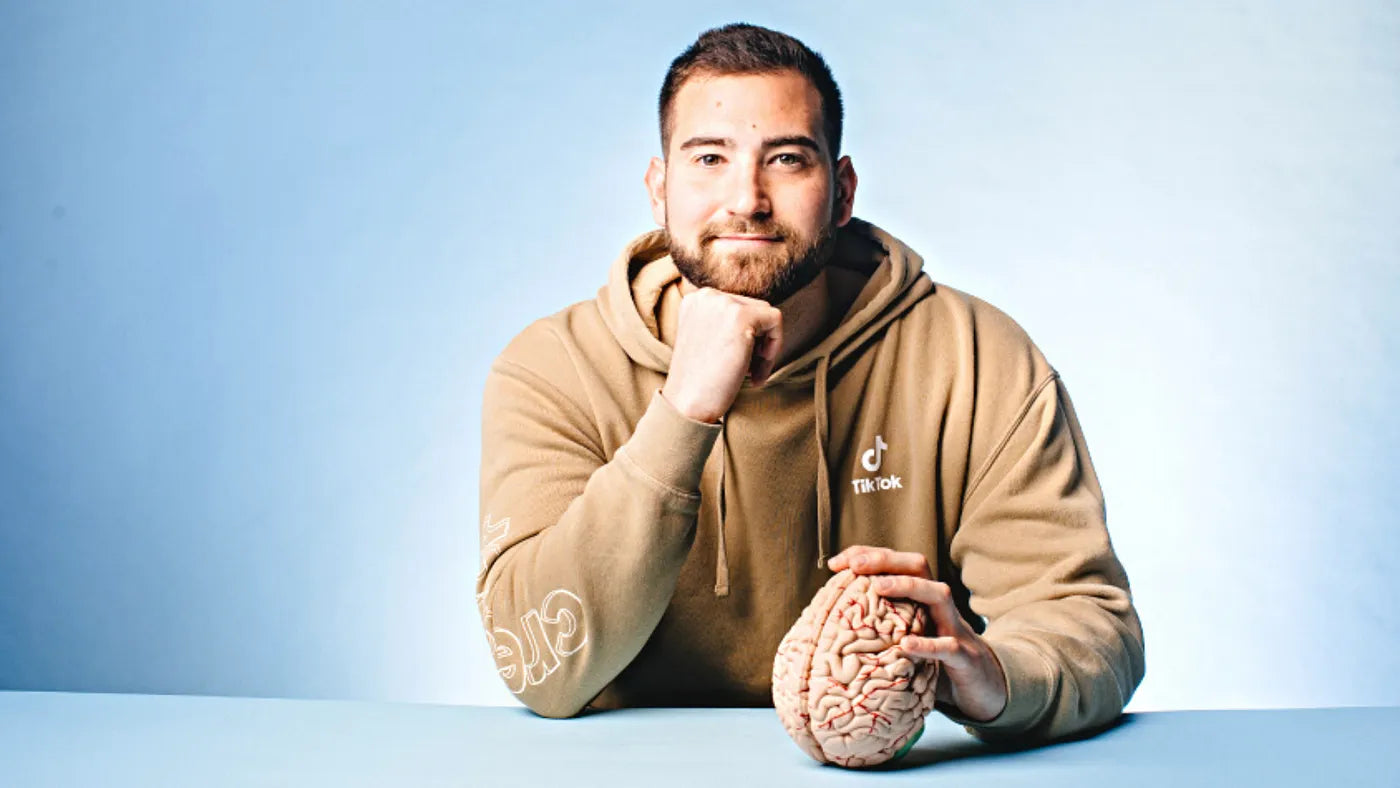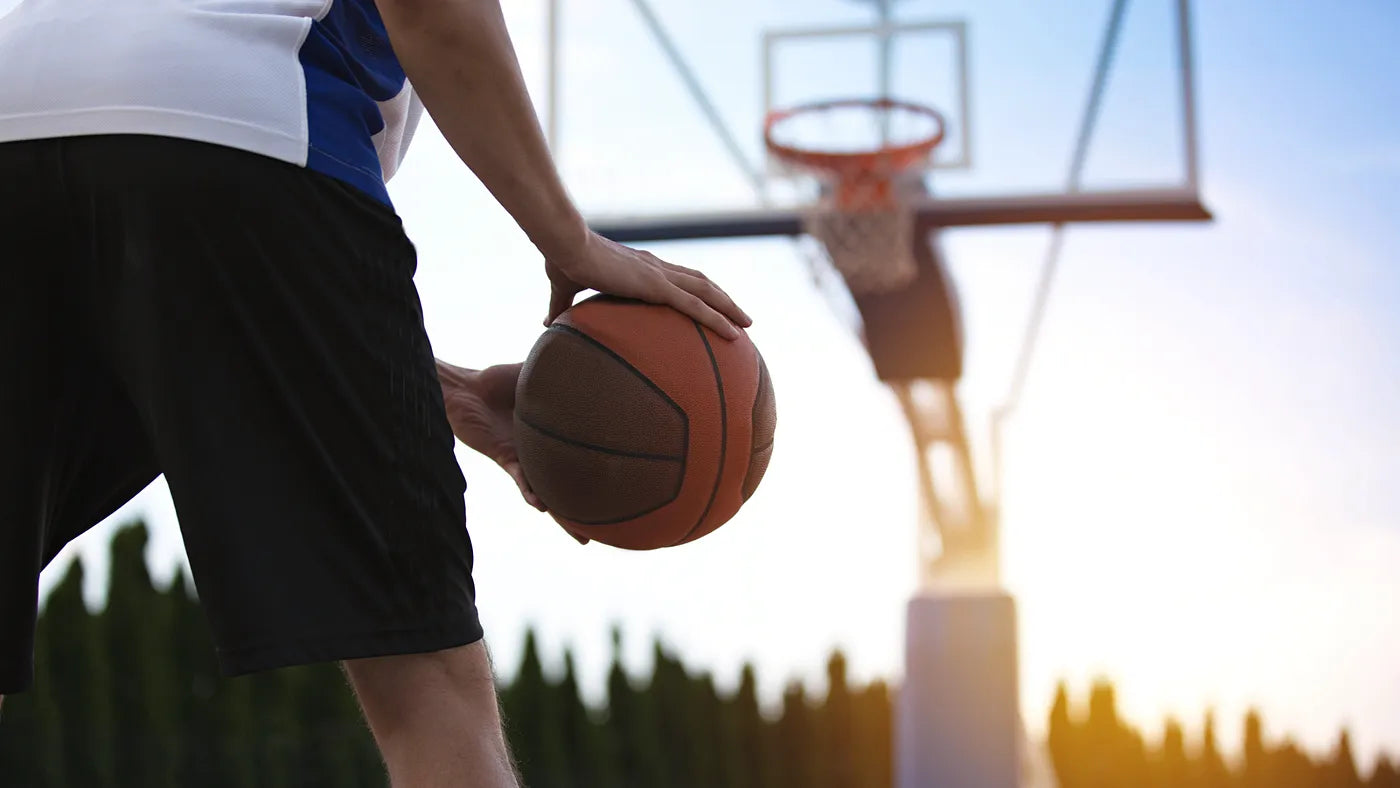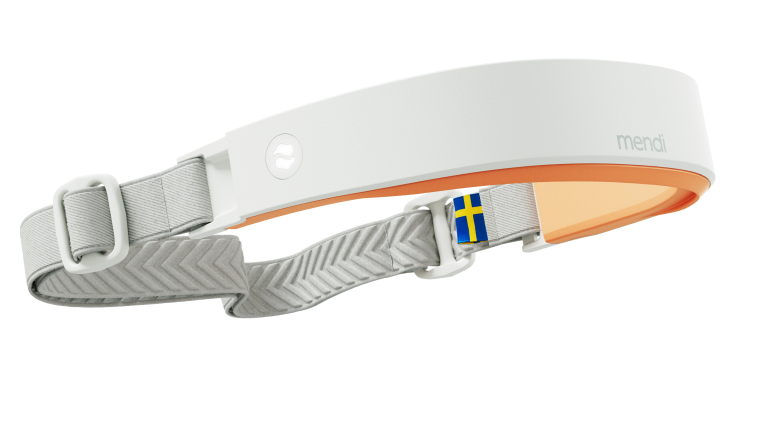
Have you ever wondered how you’re able to ride a bike, play a musical instrument, or drive a car without really thinking about it?
These activities are examples of skills that are acquired through a process known as procedural learning. Procedural learning is acquiring and automating skills involving motor movements. It is different from other types of learning, such as declarative learning, which involves acquiring knowledge and facts.
The Process of Procedural Learning
Procedural learning involves a complex process that occurs in different stages. It starts with the acquisition stage, where we learn the skill through trial and error. This stage involves a lot of conscious effort and attention, as we try to understand the sequence of actions needed to perform the skill.
After the acquisition stage, consolidation occurs, where we practice the skill repeatedly until it seems to become ”automatic.” This stage involves a gradual transition from a conscious effort to automatic processing, where we no longer need to think about the steps involved in performing the skill.
Finally, the retrieval stage occurs, where we retrieve the skill from long-term memory and apply it in a particular context. This stage involves retrieving the sequence of actions and motor movements that make up the skill and applying it to a specific situation.

Factors That Influence Procedural Learning
There are several factors that can influence the process of procedural learning. These include:
- Practice: The more we practice a skill, the better we become at it. This is because repeated practice strengthens the neural connections involved in performing the task.
- Feedback: Feedback is essential in procedural learning, as it allows us to identify errors and correct them. Feedback can be either intrinsic (coming from within ourselves) or extrinsic (coming from an external source).
- Attention: Paying attention to the task at hand is crucial in procedural learning, as it allows us to focus on the sequence of actions involved in the skill.
- Motivation: Motivation plays a significant role in procedural learning, as it determines how much effort we’re willing to put into learning and mastering the skill.
Applications of Procedural Learning
Procedural learning has a wide range of applications, from sports to music to everyday life. Here are some examples:
- Sports: Athletes use procedural learning to master the motor movements involved in their sport. For example, a basketball player learns the sequence of movements involved in shooting a free throw through procedural learning.
- Music: Musicians use procedural learning to master their instruments. For example, a guitarist learns the finger movements involved in playing a particular chord or sequence.
- Everyday Life: We use procedural learning to master everyday skills, such as typing on a keyboard, cooking a meal, or driving a car.

Conclusion
Procedural learning is a crucial process that allows us to acquire and automate motor movement skills. Understanding the process of procedural learning can help us become more effective learners and teachers, as we can apply the principles of procedural learning to various domains of life. With practice, feedback, attention, and motivation, we can master any skill and become experts in our chosen fields.
Best regards, Ben Rein.
- Experience your brain, improved
- Natural & risk free training
- Can (and should) be used by everyone
Get your Mendi now
Take your first step towards a healthier brain, improved focus, and mental resilience.
